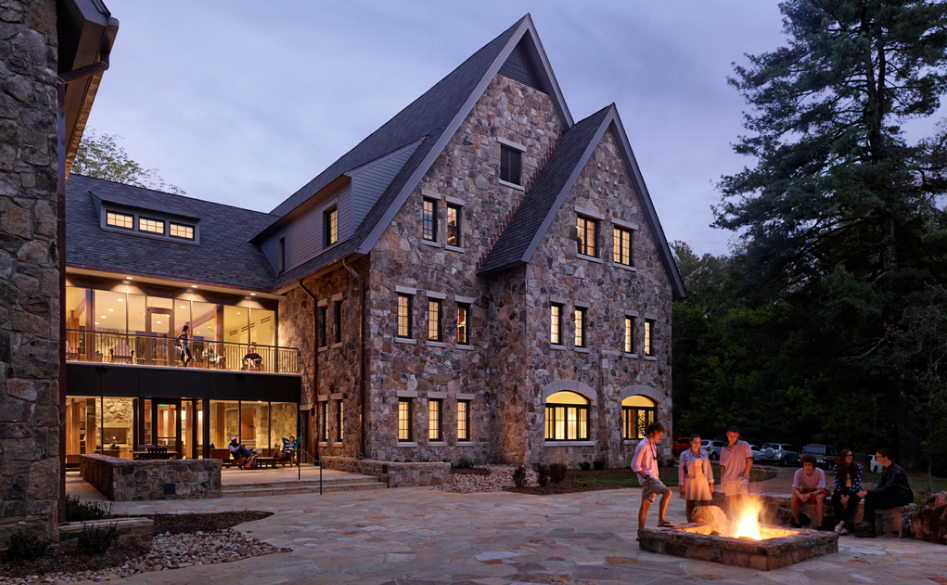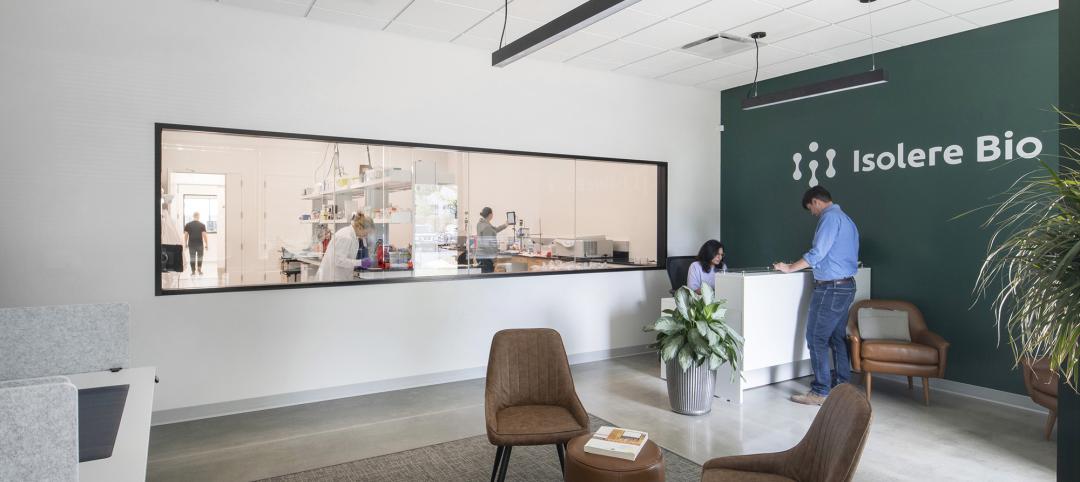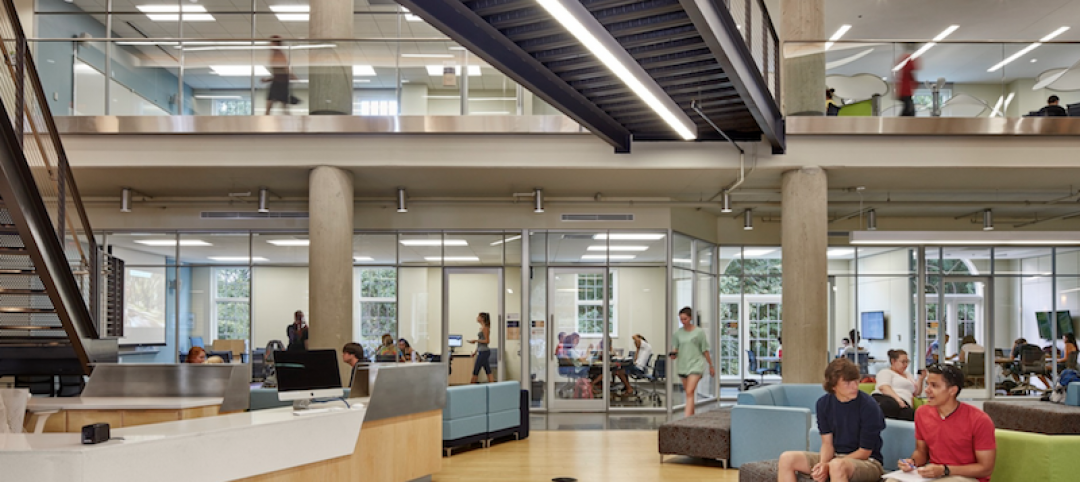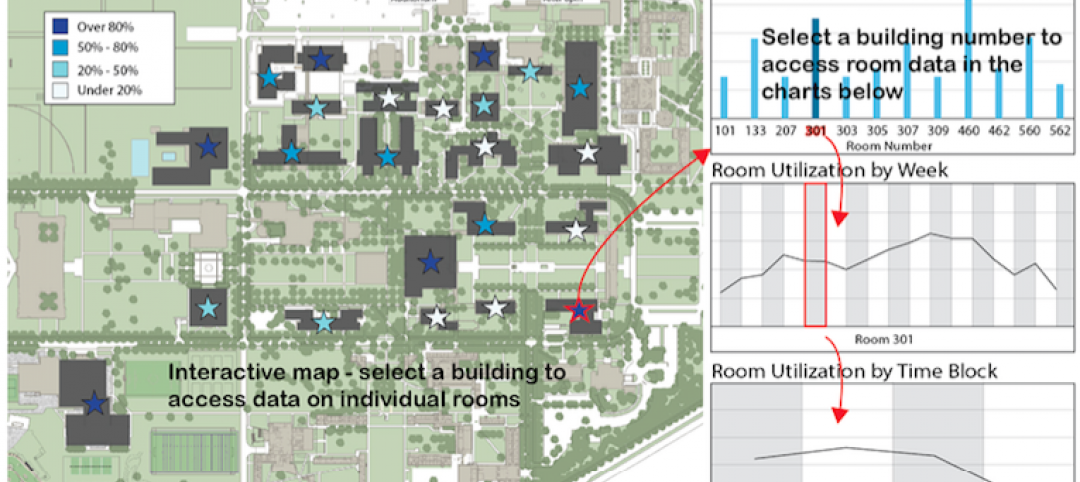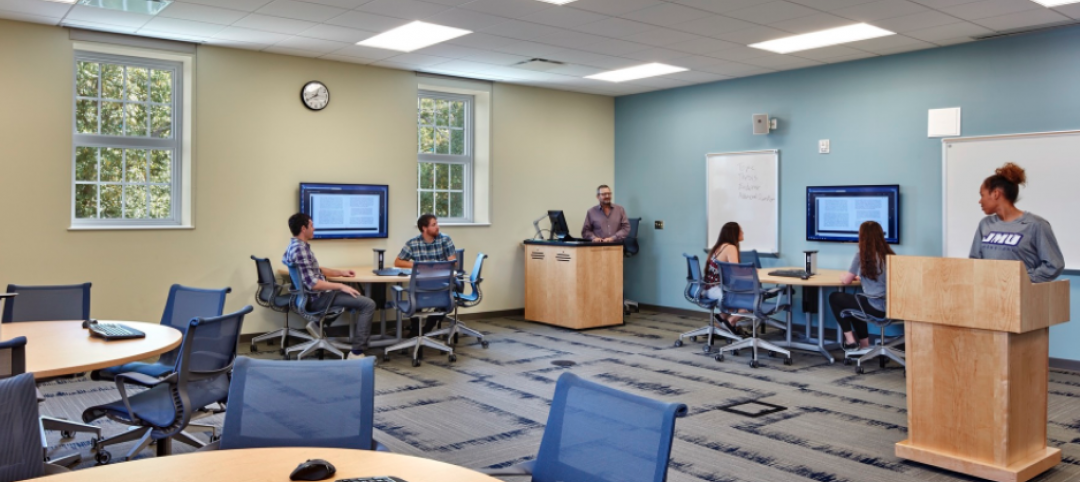Recent headlines haven’t been encouraging for small colleges and universities.
Moody’s Investor Service forecasts that closure rates for these institutions will triple in the coming years, and mergers will double, as schools face what Time magazine recently called the “Death Spiral” of declining admissions, tuition revenue and contributions.
Moody’s found that the percentage of small colleges with a sustained three-year growth rate of less than 2 percent increased fivefold, to 50 percent, from 2006 to 2014.
These trends and challenges are very real, but so is the desire of most small institutions to remain viable. In recent years, schools have tightened belts, cut faculty and staff, sold real estate and broadened recruiting efforts to new student populations. Their tenacity and nimbleness—and willingness to change and not just stand still—will be great assets as they navigate difficult conditions.
We also predict that the long-term visions that these institutions have to remain intimate and connected to their communities and students will provide strong foundations from which they can adapt to meet changing situations.
Bucking the Trend
We’ve seen just that occur at Sewanee: The University of the South, a small liberal arts college in Sewanee, Tennessee. The University is one of the very few small liberal arts colleges with more than 20 Rhodes Scholars.
Sewanee made national news in 2011 when it became the first liberal arts college of its ilk to make the bold move of cutting tuition—which it did by 10 percent. The next year, the school pushed the envelope further by stating that costs would remain stable all four years of a student’s time at the school.
Stepping back from the high-tuition, high-discount model that it and its peers had long used, the University hoped to positively impact public perception of accessibility to a quality liberal arts education. Applications to Sewanee soared, and selectivity improved. This fall, the school received 4,423 applications, up from 2,921 in 2011. The University has grown to 1,660 students, up from 1,400 in 2011. It’s now admitting about 40 percent of applicants, down from about 60 percent five years ago. Like many institutions, Sewanee is also expanding its reach beyond its Southeast heritage to draw students from throughout the U.S., which it is increasingly successful in doing.
 The campus master plan envisions enhanced connectivity within the campus and with the Village.
The campus master plan envisions enhanced connectivity within the campus and with the Village.
“Sewanee is prospering, while other liberal arts colleges and universities are flagging, because of the effectiveness of strategic choices,” wrote Michael Moran in the National Association of College and University Business Officers publication in 2014. Other schools continue to follow Sewanee's lead. Of late, Rosemont College and LaSalle University have also reduced tuition.
But universities don’t thrive for generations without making other innovations outside of finances. Sewanee is pushing on many fronts to better shape its physical campus to support student success, health and retention, while utilizing existing infrastructure.
In support of University strategic objectives, its master plan has guided its growth to curb infrastructure sprawl and reinvigorate the campus core. New residential communities near the center of campus are increasing 24-hour student presence around the core and visibility of student activities. The University is also moving its School of Theology back to the center of campus from its current location about a seven-minute walk away. This facility is also envisioned to include a large "living room" space to promote opportunities for interaction between Theology students and students in the college.
Redefining Commons
Sewanee is also amid the design phase of creating a new recreation commons in an historic building in the campus core that is now a bookstore. The design will add recreation space while consolidating wellness programs and its signature Outdoors Program in a single location. Rather than just be a place to work out, the recreation commons is envisioned as a place for students to hang out, see others and be seen—all of which supports a stronger sense of community. Sewanee’s future also calls for repurposing underutilized space in the library into a learning commons, which will create a multi-use, 24-hour space for projects and research while adding to the portfolio of commons spaces.
The notion of community has always been core to Sewanee. The idea behind the commons’ initiatives is to create intimate, community-focused places that align with the institution’s culture and intent, which is to remain small, devoted to liberal arts and to build community. Rather than a single, large student center, the University is creating a network of smaller, intimate spaces with intentional and complementary program objectives. This approach also takes advantage of existing infrastructure and addresses deferred maintenance.
As small colleges and universities address growing pressures, vision and measured thoughtfulness is vital in financial and physical planning. Institutions need to be innovative in planning for their existing facilities to support strategic objectives. While budget concerns and other pressures weigh heavy on decisions, Sewanee's focus on the long-term while remaining nimble in the short-term is setting a model for success with small private institutions.
About the Author: Keith Storms is a leader of Hanbury’s planning team, and focuses on helping university clients achieve their strategic goals. Keith is a role model for green design initiatives, recognizing that by viewing a campus in holistic terms, resources can be better managed, and has worked on projects at colleges and universities throughout the nation. He is intrigued by the potential of the campus planning process to make a huge environmental impact, and delighted when college campuses recognize and invest in the importance of sustainable design. Keith also enjoys the strategic side of planning, helping to move clients toward the goals of their vision and mission.
More from Author
Hanbury | Jan 22, 2024
Speculative vs purpose-built labs: Pros and cons
Hanbury's George L. Kemper, AIA and R. David Cole, AIA share the unique advantages and challenges of both spec. and purpose-build labs.
Hanbury | Dec 20, 2022
The Pier Condominiums — What's old is new again!
When word was out that the condominium association was planning to carry out a refresh of the Pier Condominiums on Fort Norfolk, Hanbury jumped at the chance to remake what had become a tired, faded project.
Hanbury | May 2, 2019
Workplace design – what we've learned from the educational world
Generation Z learns and connects in unique ways. As they move from higher ed to the workplace, companies that depend on the productivity of a youthful workforce should take note.
Hanbury | Jan 25, 2018
Virginia Beach: A surf town with a wave problem no more
A world-class surf park will highlight Virginia Beach’s new live-work-play development.
Hanbury | Aug 24, 2017
Big Data helps space optimization, but barriers remain
Space optimization is a big issue on many university campuses, as schools face increasing financial constraints, writes Hanbury’s Jimmy Stevens.
Hanbury | May 31, 2017
Space utilization in higher education: more than sf per student
There’s more to space utilization than how often a room is occupied. What happens inside an occupied room is just as important.

